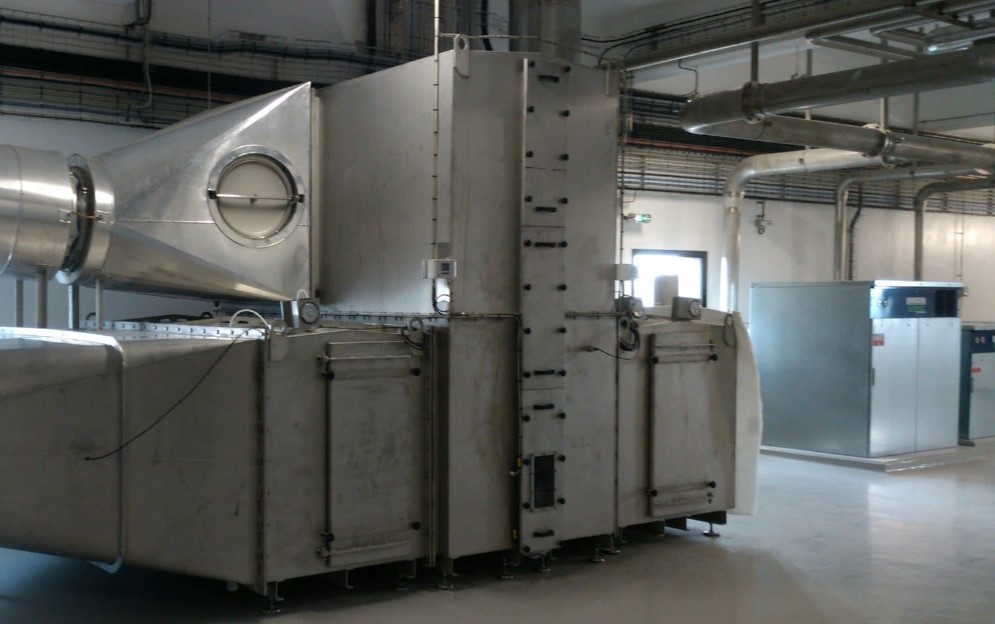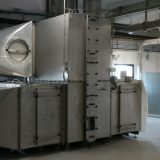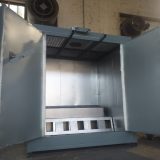Five Ways to Fight Industrial Humidity with Dehumidification

If you work in the industrial field, you know that humidity can be an issue. Humid air is uncomfortable and can be dangerous to your machinery and building materials. Luckily, there are several ways to control humidity with industrial dehumidification, even if it’s an existing problem in your workplace. Here are five of the most effective methods for fighting humidity with dehumidification.
Find the source of your problem
Industrial humidity is a serious issue that can lead to many problems, such as damage to property and equipment, as well as potential safety hazards. Preventing industrial humidity by using an industrial dehumidifier is the best way to ensure your building stays safe. But what are the causes of industrial humidity? What are the symptoms of high humidity? And how do you know if you have a problem in your facility?
Industrial humidifiers are devices that use refrigeration technology to control the level of moisture in indoor spaces. These devices typically have an air intake system, which removes heat from outgoing air and cools it before dispersing it into the space.
Identify if it’s a short-term problem
A common solution for humidity control in industrial environments is dehumidification. This process removes moisture from the air by turning it into water droplets and then collecting them. There are a few different ways that this can be achieved, but each has its pros and cons. Here are 2 different methods for controlling industrial humidity with dehumidification:
1) Air Curtains – These work by forcing dry air from one side of a curtain (typically at the top) across an open space and drawing humid air through it on the other side.
2) Air Dry Dehumidify – dessica dry air is a well-known solution for controlling humidity, Dry–dehumidify and prevent clogging or caking.
Maintain your dehumidifier
A dehumidifier is an industrial machine that removes moisture from the air. If you don’t maintain your dehumidifier, it will have trouble removing excess humidity. Fortunately, there are a few things you can do to make sure it stays in top shape.
Empty and clean the water tank every day: A full water tank can make it difficult for the dehumidifier to remove moisture from the air and give off a musty smell. Be sure to empty out any standing water inside of the tank and wipe down any surfaces that come into contact with water, such as the pump filter area and fan blades.
Use an industrial-grade humidifier
Some people may not realize it, but humidity in the air can be dangerous. Some people who work or live in humid environments are at risk of developing a fungal infection. Fungal infections can lead to serious health conditions such as athlete’s foot and ringworm.
Although medical treatments exist for fungal infections, there are also things that individuals can do at home to prevent them from developing in the first place. One way is by controlling the humidity levels in your home or workplace by using an anti-fungal product, such as a humidifier or dehumidifier.
Humidifiers and dehumidifiers both help reduce the risk of a fungal infection by keeping the air dryer than it otherwise would be if they weren’t used.
Purchase an anti-fungal product
The best way to fight industrial humidity is through the use of an anti-fungal product. It’s important that you know what kind of fungus you are dealing with and which type of dehumidifier is best for combating it. The first step in fighting industrial humidity is by using an anti-fungal product as soon as possible after discovering the issue. Products such as antimicrobial cleaners, disinfectants, and fungicides will kill the bacteria causing the problem and prevent it from spreading. Once you have cleaned your area thoroughly, make sure that you use a dehumidifier to reduce or eliminate the amount of moisture in your environment so that mold won’t be able to grow back.

















